Dixter
Headphoneus Supremus
- Joined
- Dec 21, 2011
- Posts
- 1,984
- Likes
- 941
got a little bored last night so I decided to tackle the IP Command Server https://smyth-research.com/wp-content/uploads/2020/05/A16-IP-command-server-May-2020-1.pdf
and actually once I got it working I can see where it could have some good value.. right now its limited in functions but the Smyths did indicate it could be made better at a later date as in you could use it while sitting in a chair and performing the PRIR routines from an ipad.... that would be great to have
I used an older ipad mini for setting this up and it seems to work pretty good... if you have trouble reading the small screen of the A16 from across the room then you should like this option...
reading the document can be a little dry but they do explain it and added content that you may or may not care about... as in they ramble quite a bit, but its better to have too much info than not enough info.. so all if good in the end....
the short version:
1. Open your home router and look to see what IP address isn't being used... for example 192.168.254.66 is what I chose.. the 66 being the key here
2. Plug in a ethernet cable to the A16... settings...Network...change the address to 192.168.254.66 and turn on TCP command server...
3. load the ipad with the Centrocontrol app from the app store(its free)... then point the ipad camera to the QR code to load the A16 code
4. goto the ipad settings... scroll to centrocontrol to set the address to 192.168.254.66 and channel 4101
5. run the centrocontrol app and it connects on its own and wala... you now have the display of your A16 looking back at you from your ipad....
one nice item is one of the screens has 12 buttons and each button is there for you to switch virtual rooms... so you can flip back and forth to different setups easily to compare... so you can have 12 different speaker setups just there to select on your ipad.... pretty cool function...
and actually once I got it working I can see where it could have some good value.. right now its limited in functions but the Smyths did indicate it could be made better at a later date as in you could use it while sitting in a chair and performing the PRIR routines from an ipad.... that would be great to have
I used an older ipad mini for setting this up and it seems to work pretty good... if you have trouble reading the small screen of the A16 from across the room then you should like this option...
reading the document can be a little dry but they do explain it and added content that you may or may not care about... as in they ramble quite a bit, but its better to have too much info than not enough info.. so all if good in the end....
the short version:
1. Open your home router and look to see what IP address isn't being used... for example 192.168.254.66 is what I chose.. the 66 being the key here
2. Plug in a ethernet cable to the A16... settings...Network...change the address to 192.168.254.66 and turn on TCP command server...
3. load the ipad with the Centrocontrol app from the app store(its free)... then point the ipad camera to the QR code to load the A16 code
4. goto the ipad settings... scroll to centrocontrol to set the address to 192.168.254.66 and channel 4101
5. run the centrocontrol app and it connects on its own and wala... you now have the display of your A16 looking back at you from your ipad....
one nice item is one of the screens has 12 buttons and each button is there for you to switch virtual rooms... so you can flip back and forth to different setups easily to compare... so you can have 12 different speaker setups just there to select on your ipad.... pretty cool function...














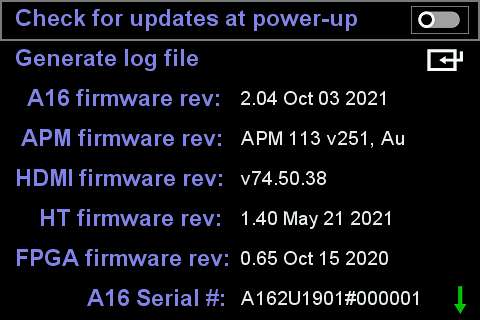
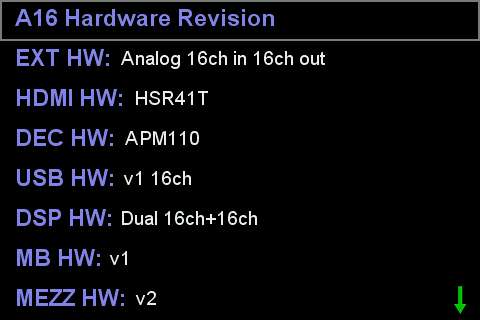
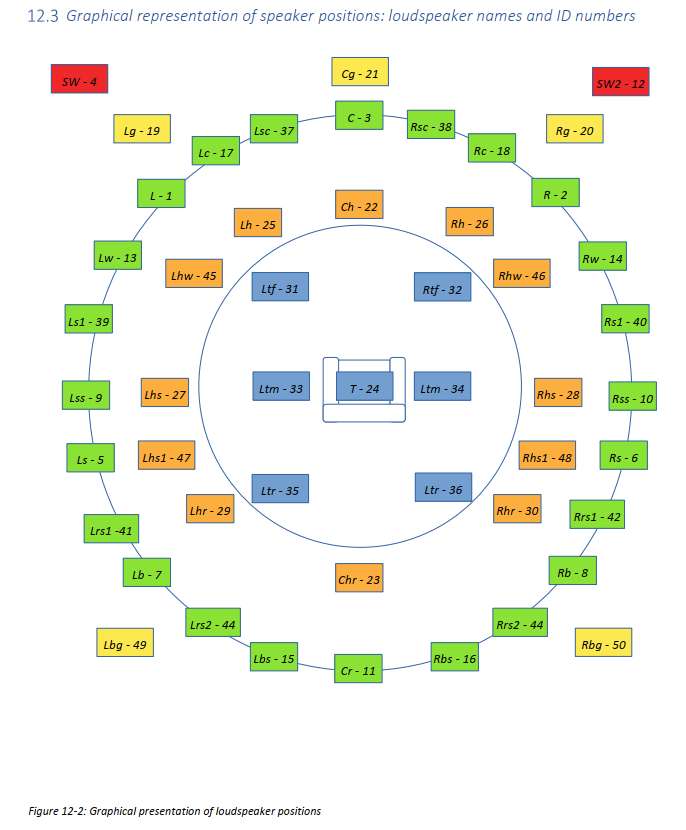
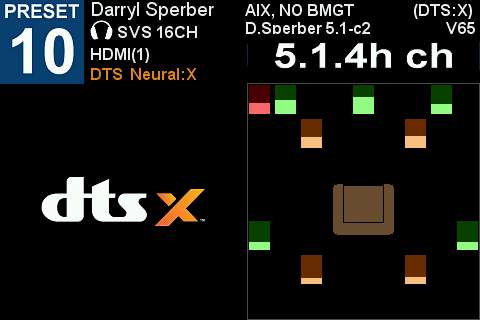
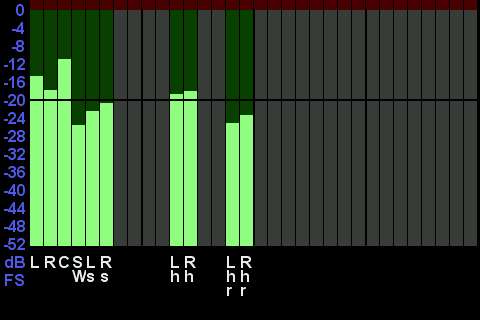
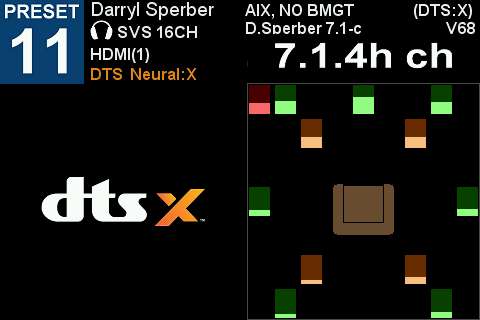
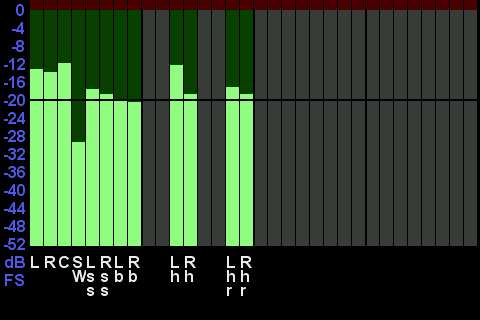
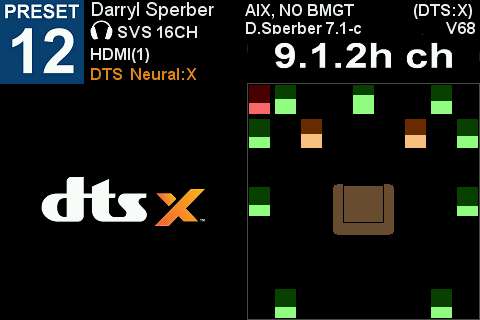

 ). any suggestions to get Dolby Amos going on Nvidia Shield TV Pro for amazon and Disney+ is appreciated.
). any suggestions to get Dolby Amos going on Nvidia Shield TV Pro for amazon and Disney+ is appreciated.